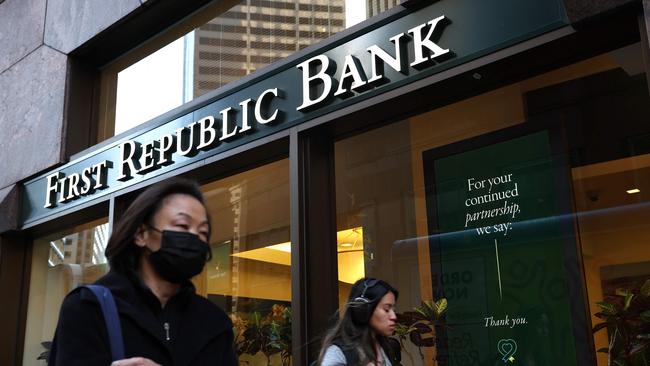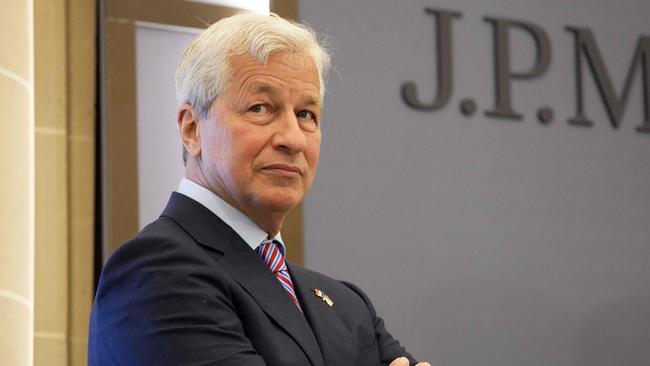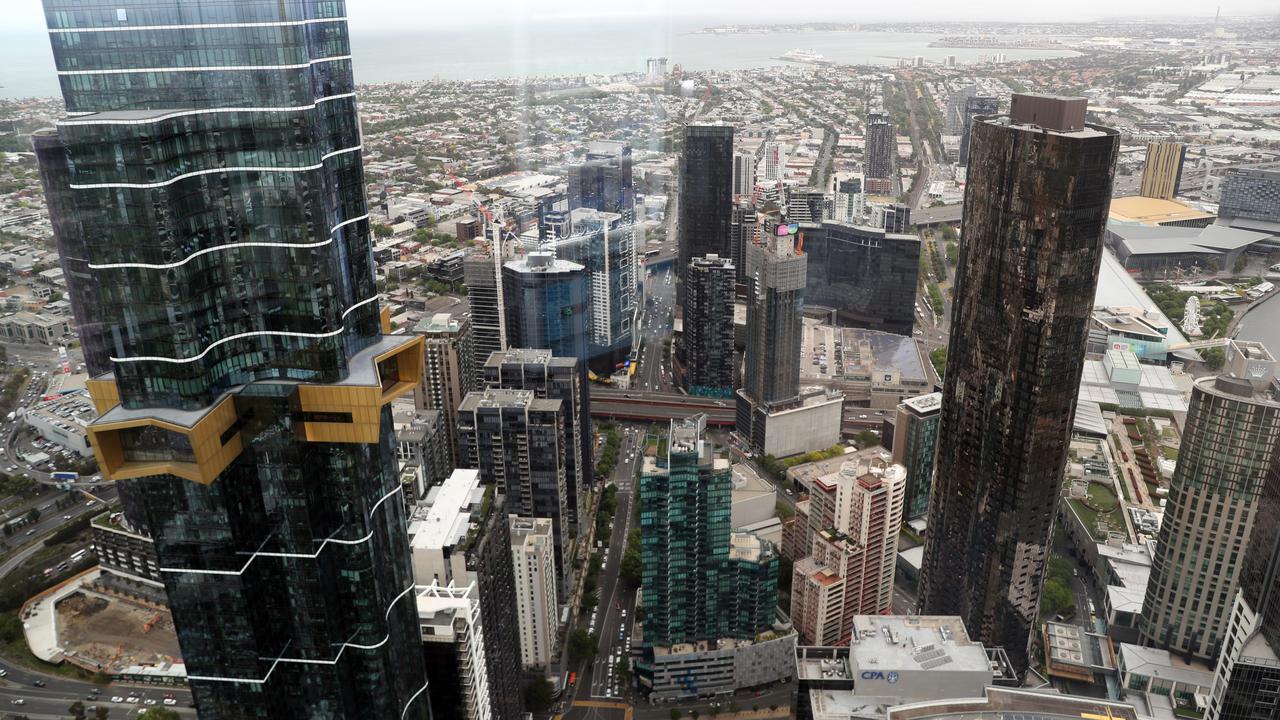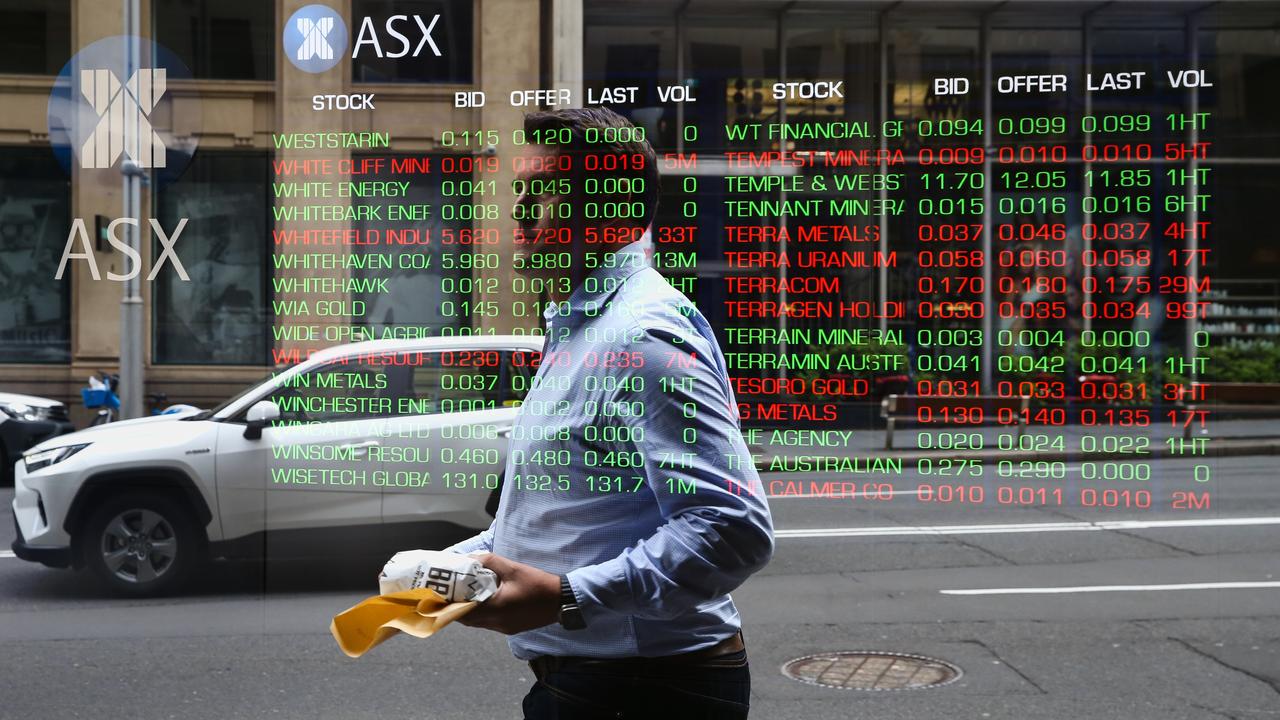Reverse moral hazard in recent US bank rescues
The market is speeding up in its collective attacks on banks, having seen equity and bond holders wiped out in previous deals of Silicon Valley Bank, Credit Suisse and First Republic Bank.

Markets remain gripped in a slow-burning US banking crisis, creating major problems for many regional US lenders whose equity values have plummeted. The failure of Silicon Valley Bank, quickly followed by Credit Suisse in March, was the first warning sign that the rapid global rate hiking cycle is now having material consequences for banking and credit provision, starting a chain of events with no natural conclusion under current policy settings – a rolling banking crisis which will continue to crimp credit.
April saw the market demise of First Republic Bank, sold under duress to JPMorgan, with markets immediately moving on to the next weakest hand at the table, with rumours of Pacific Western and Western Alliance being the next problematic targets.
Like moths to the flame, short sellers have found a new way to make significant money playing the high-risk game of attacking specific institutions based on weakening fundamentals, some deposit flight, and losses from realising assets to fund deposit outflow. In times of crisis with low confidence, sadly this is somewhat self-fulfilling as rumours inflame the situation.
Initially, this crisis was proceeded by large deposit outflows, exposing the weakness of fractional banking in a fast-moving digital world where deposit holders can switch from a low interest paying account to another bank or money market fund (or short-term bond with high yields) at a moment’s notice. This may trigger the sale of “available for sales’’ or “held to maturity’’ assets, two special portfolios within banks that are usually immune from mark-to market profit and loss until the assets are fully realised.

These portfolios are held by banks to meet deposit outflow requirements, which is very stable in the ordinary course of stable or slow-moving monetary policy.
The problem is that those portfolios have been poorly hedged against interest rate risk which moved at breakneck speed over 2022, triggering accounting losses that impair the banks’ financial health.
The market is speeding up in its collective attacks on banks, having seen equity and bond holders wiped out in previous deals of Silicon Valley Bank, Credit Suisse and First Republic Bank.
It is shooting first and asking questions later while slaughtering equity values.
While fundamentals remain challenged (restrictive monetary policy) this is a highly profitable strategy for speculators, with the only material risks being a ban on short selling of equity or full guarantee of all bank deposits by US authorities – either of which would generate a large, short squeeze for those trying to profiteer from burning down the banks.
While such a policy shift may occur to counteract this short selling of regional banks, they do continue to face an ongoing problem regardless.
People are not moving their money because of deposit loss fears – everyone assumes that unlimited insurance should be guaranteed in the end or a deal manufactured over a weekend, particularly as we approach the US Presidential election cycle; but they are moving their deposit money because it takes 30 seconds to transfer from a no-interest savings or cheque account to a money market account or a high quality bond that can yield north of 5 per cent.
That is perfectly rational.

We must expect that these lowly returning deposits will continue to leave the banking deposit systems while so much additional income is available in money market funds and high-quality bond products.
The recent JPMorgan acquisition of First Republic Bank drew high praise for Jamie Dimon (JPMorgan’s chief executive) for the great deal the bank did in acquiring assets and deposits of First Republic Bank.
JPMorgan did get a great deal, but in doing so it has ironically set up a reverse moral hazard.
The Federal Deposit Insurance Corporation was so insistent in making the deal not look like a bailout that it had forced all the stock and bond holders to zero, losing 100 per cent of their funds. This changes the capital markets’ perceptions of where and when to intervene with a struggling competitor. Why would a large and powerful bank step forward to acquire a struggling bank, when sitting back and allowing a complete failure would wipe out equity and bond holders and could deliver such fantastic windfalls?
Because of these recent outcomes other existing equity and bond holders are now fearful that the natural course of corporate failure, where corporate bonds would have some assumed recovery value (ranking higher in the capital structure than equity), gets turbocharged to zero recovery by regulators looking for a quick fix outcome.
These developments set a dangerous precedent for dealing with corporate failure. With the US Federal Reserve, European Central Bank and Reserve Bank of Australia continuing to lift interest rates this last week to complete their inflation fight, we must expect that a wave of corporate problems lies ahead under highly restrictive monetary settings.
Charlie Jamieson is chief investment officer at Jamieson Coote Bonds.



